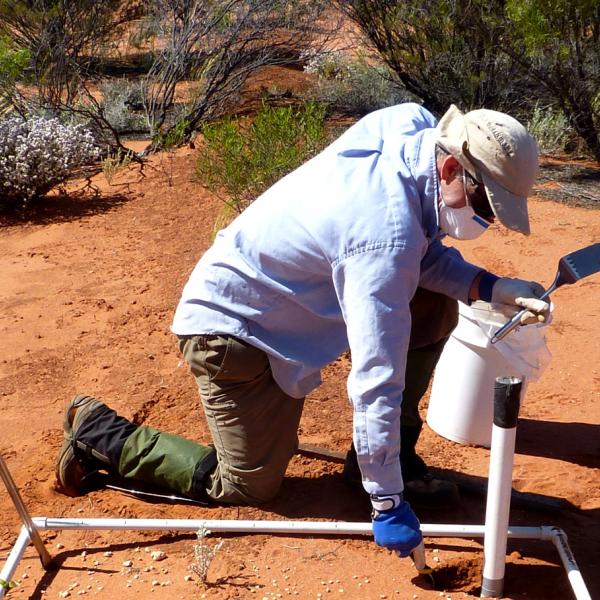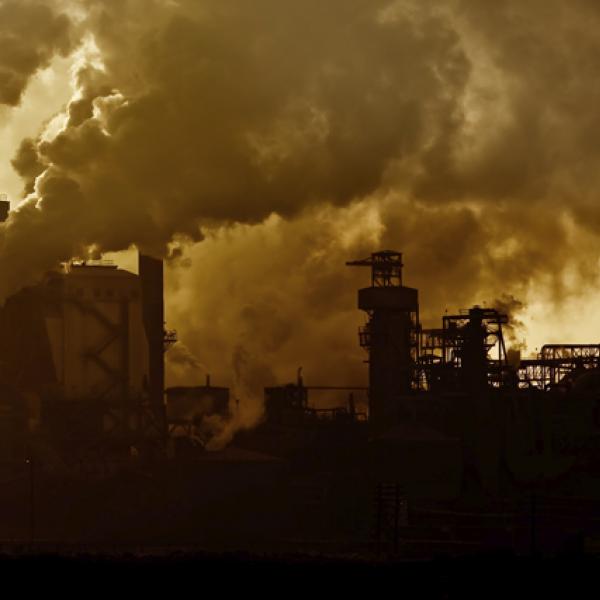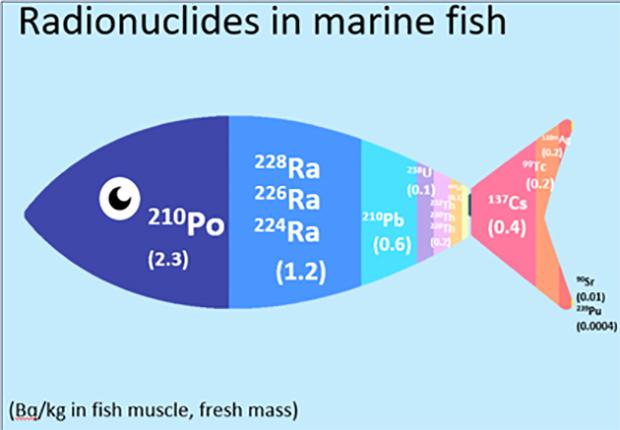
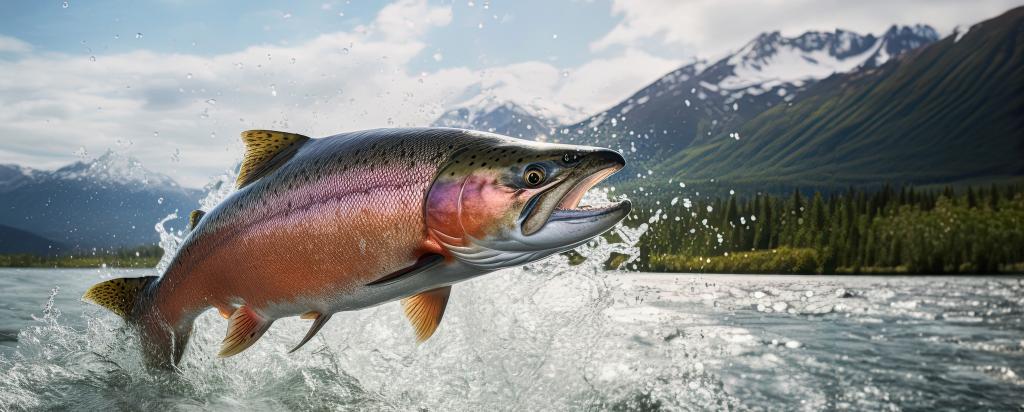
Published on the 13th October 2023 by ANSTO Staff
Dr Mathew Johansen, an environmental scientist at ANSTO, presented in an online IAEA training workshop on Advanced Topics in Radiochemistry Techniques this week.
The session on lead and polonium radiochemistry was part of a broader training program hosted by the IAEA’s Network of Analytical Laboratories for the Measurement of Environmental Radioactivity (ALMERA). ANSTO is a member of the network that provides accurate measurements for monitoring radioactivity in the environment.
About 227 participants from 61 countries are participating in the program.
Dr Johansen’s participation was requested to discuss the importance of good-quality measurements of radionuclides in seafood and their application in dose calculations.
“If you pull a fish from the ocean and measure carefully, you find radionuclides,” explained Dr Johansen.

“If we eat this fish, some radionuclides are absorbed into our bodies, where they deposit energy; we call this radiological dose. This is described as millisieverts (mSv) per annual intake of seafood.
Johansen worked with a large international team to develop a sound, well-supported background distribution of ingestion doses for seafood consumers worldwide. They calculated the ingestion doses using a newly-complied global database of radionuclides, as well as seafood ingestion amounts from published diet studies.
The global seafood doses range widely, from about 0.01 mSv to nearly 10 mSv, with the most typical amount being 0.17 mSv.
“These levels of dose are part of our normal background. They occur routinely in billions of people worldwide.”
“The dose from seafood is interesting in that compared with typical radiological exposures we encounter routinely, eating seafood ranks higher than that from cosmic radiation during airline travel and normal amounts from x-ray exposures, but lower than others such as radon gas.”
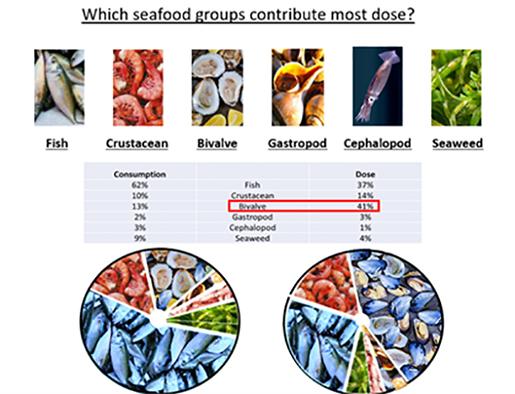
The data show that almost all of a routine seafood dose—more than 99% comes from natural sources.
“For the typical world seafood consumer, close to 80% of the dose comes from the naturally-occurring radionuclide polonium-210 (Po-210). Most of the rest is from lead-210 (Pb-210) and radium, uranium and other natural radionuclides that are ubiquitous in world oceans.”
"There are also human-made radionuclides that are commonly found in seafood as well, such as cesium-137 and plutonium-239. These are left over from the fallout from nuclear testing as well as from accidents, such as Chernobyl and Fukushima and other releases.
"However, the amounts of these human-made radionuclides in global seafood supplies are very low and account for only about one-one thousandth of the dose to a typical seafood consumer.
"Even for the residents of northern Japan after the Fukushima accident, the added dose from human-made radionuclides in seafood was very low compared with that from the natural radionuclides.
"Because the natural radionuclides dominate, it means that seafood dose has been, and will continue to be, an important part of background dose across the world. However, changes can occur.
“We want to understand global trends in background dose as seafood changes. For example, dose is changing as more farmed fish appear in the market. The amounts of Po-210 in farmed marine fish, such as farmed salmon, are much lower than in wild-caught fish. This is mainly because they are raised on processed feed which has much less natural Po-210 than that found in the marine food web,” said Dr Johansen.
"On the other hand, a pattern of increased consumption of bivalves (oysters, clams, mussels) tends to increase dose slightly. While fish make up the largest portion people eat, bivalves contribute the most dose to seafood consumers across the world.
“This is because bivalves, as filter feeders, accumulate more of the radionuclides that cause dose.”
The team, who undertook much of the work during COVID, included Paul McGinnity, Airi Mori, Marie Simon-Cornu, Justin Gwynn, Sabine Charmasson, Julia Carpenter, Blake Orr, Iolanda Osvath and Johansen. All worked together in the International Atomic Energy Agency (IAEA) Coordinated Research project LAMER (Behaviour and Effects of Natural and Anthropogenic Radionuclides in the Marine Environment and their Use as Tracers for Oceanography Studies).

